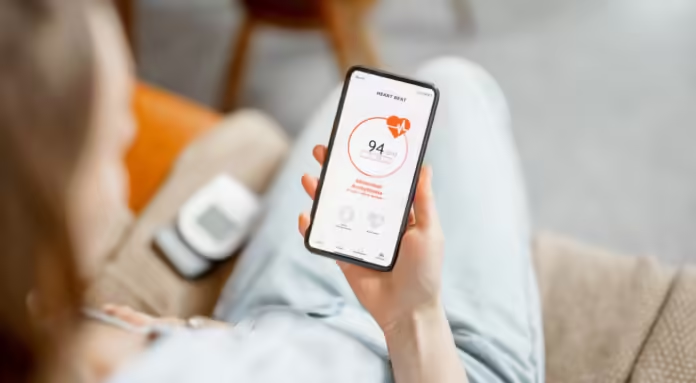Wearable technology is revolutionizing healthcare by making individualized care and remote patient monitoring possible. These gadgets are now more accessible and affordable thanks to developments in edge computing and artificial intelligence (AI), which relieves the strain on medical staff and enhances patient outcomes. Wearable technology that can identify and send critical data in real-time is making teleconsultations and remote treatment delivery more common. Cognitive algorithms facilitate early intervention, and brain-computer interfaces provide novel therapeutic approaches for a range of ailments. Precision medicine is facilitated and patient empowerment is increased through data accessibility through integration with electronic health records. The impact of wearable technology on healthcare is expected to be significant and wide-ranging as it develops further.
Health technology is developing quickly thanks to advancements in edge computing and artificial intelligence (AI), which are made possible by device downsizing. As a result, traditional healthcare—which was primarily dependent on people and was distinguished by large, costly machinery—is currently becoming more accessible and reasonably priced. Healthcare providers are finding it easier to monitor patients and offer individualized treatment recommendations as a result of the cost and accessibility reductions.
Redefining Patient Care with Remote Healthcare
Thanks to technological advancements, patients can now receive therapy in the convenience of their own homes. This pattern indicates that patients will no longer be attending medical institutions for minor problems in the near future. Wearable technology and artificial intelligence (AI) will drastically lessen the need for patients to see healthcare professionals in person, even though human touch is still crucial in the healthcare industry. This change is similar to how ATMs revolutionized banking by significantly decreasing the requirement for customers to visit physical banks.
The Prospects for Remote Treatment Delivery and Teleconsultation
This revolution is about to occur very soon, even though the changes that are occurring now might not be immediately noticeable. By releasing rules for teleconsultation, the Indian government has given legal validation to this method of providing healthcare. The most popular type of remote healthcare currently available is teleconsultation, but as technology advances, its use will probably increase. Originally restricted to data detection and transmission to doctors, wearables will eventually progress to the point where they can start treating patients in an emergency, potentially with the help of medical robots placed in patients’ homes. These robots could provide remote treatment delivery by interfering in the care of ill patients, either under the direct supervision of a physician or not.
Predictive Healthcare: AI-Powered Early Intervention
Upcoming AI models will be able to anticipate potentially negative results earlier, helping with early preventative efforts. This may lessen the likelihood of unattended negative events.
Patient Empowerment with Wearable Technology
Nowadays, brain-computer interfaces are already a thing, and they can even cure paralysis. Long-term results need to be assessed, but they will keep getting better and help treat a lot more illnesses, including mental illnesses in addition to paralysis. I recommend reading this article for more insights.
Integration between PHR and Electronic Health Records (EHR)
Patients’ PHRs and EHRs will soon be coupled with wearable devices, therefore NHA ABDM is ready to handle this data integration. ABDM-compatible wearables will proliferate in the market sooner rather than later. Consider that an Apple Watch that monitors your heart rate could transmit information to ABDM, which would then store it. When the patient visits the doctor later, the doctor may view the patient data—of course, with the patient’s permission.
Patient Empowerment and Education:
As one might imagine, these wearables aid in patient education by giving the appropriate advice at the appropriate moment. Consequently, there will be fewer long-term issues and fewer acute disasters.
Precision Health Care:
The massive amount of patient data being gathered may aid in precision treatment as well as the development of national healthcare policies.
In summary
The healthcare industry is changing, becoming more patient-centered, efficient, and accessible as a result of the integration of wearables, telemedicine, and artificial intelligence. These technologies have the potential to completely transform healthcare delivery and patient experience as they develop further, empowering both patients and healthcare providers. Stakeholders must welcome these developments and cooperate to make sure they are implemented responsibly and fairly for the good of all.


